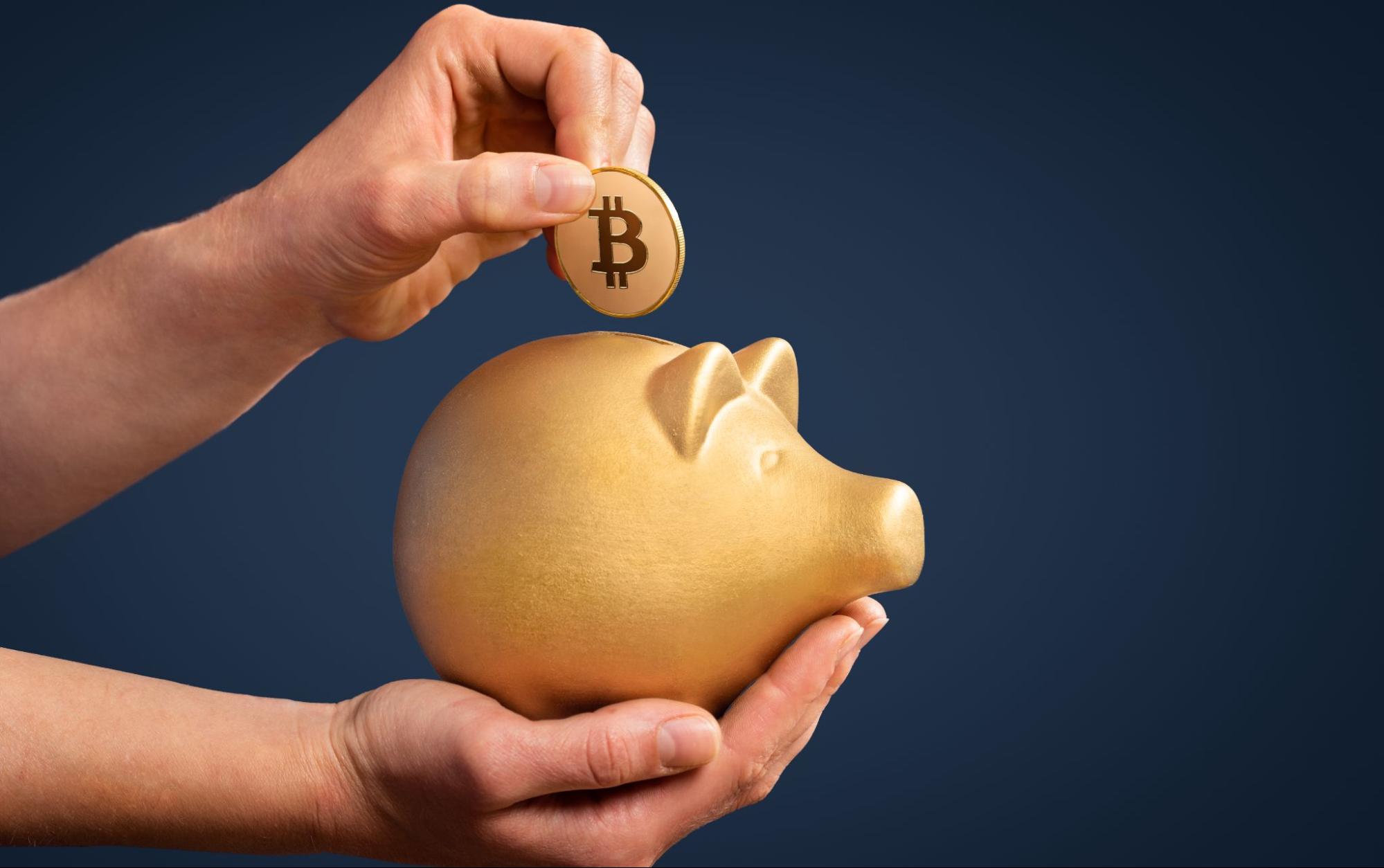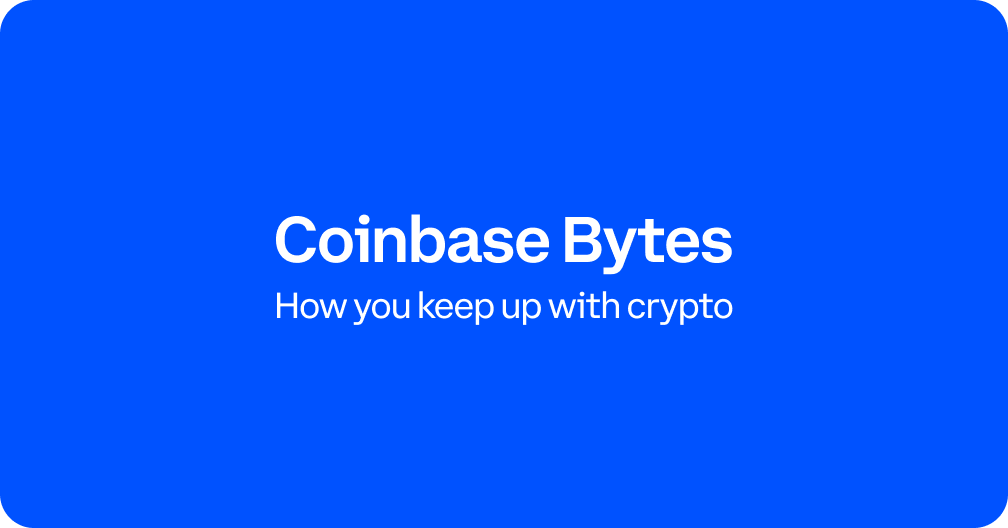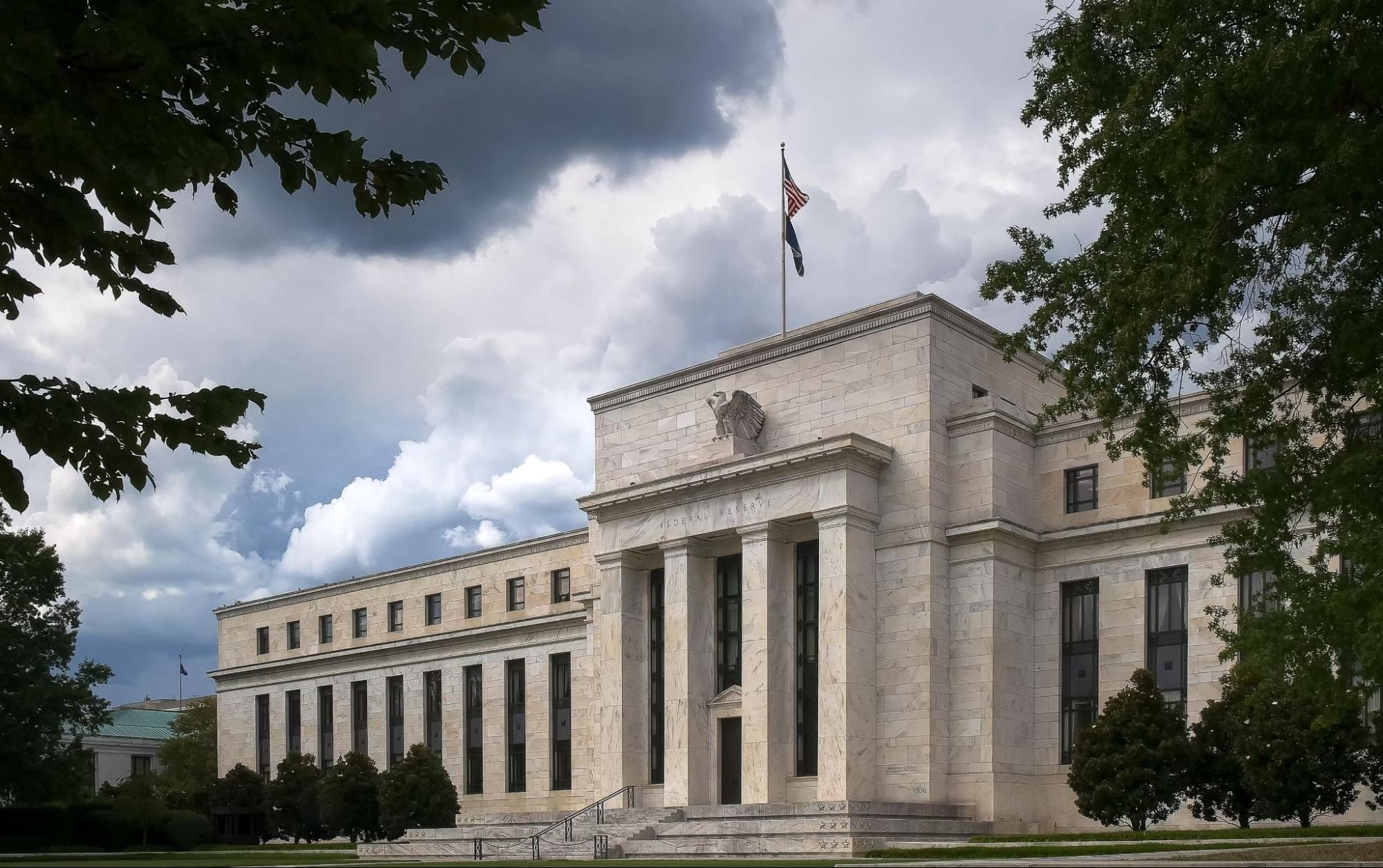The crypto selloff, explained
There’s never a dull moment on the blockchain. Here’s what you need to know this week:
Crypto crashes to six-month lows. We’re taking a look at some of the forces behind the recent selloff.
Tech giants bet big on Web3. Google, Facebook, Twitter, and more are investing in the web’s crypto-powered future.
The week in numbers. The amount of BTC held offline in hardware wallets, and the key figures you need to know this week.
DARK SIDE OF THE MOON
Crypto, stock markets shudder in the face of global tensions and interest-rate fears
Brace yourselves, because things have gotten rocky. Markets of all kinds took a significant hit in the last week, as a slew of headlines — from Russia’s saber-rattling in Ukraine to the likelihood that the Federal Reserve will soon announce interest-rate hikes in the face of historic inflation — pushed investor sentiment to some moody places. For the week, Bitcoin lost roughly 10%, Ethereum is down around 20%, the S&P 500 dipped 4%, and the tech-stock heavy Nasdaq fell 5%. It’s enough to get even the diamond-hands-iest of hodlers sweating! But we’re here to put the current dip into context: What’s driving it? And are there any silver linings? Let’s dig in.
The growing possibility of conflict between Russia and Ukraine fueled global market whiplash on Monday, as the S&P 500 shed 4%, the NASDAQ lost 5%, and Bitcoin fell roughly 8% — although all entered positive territory by the time U.S. markets closed. The conflict seems likely to inflame the long-simmering relationship between the U.S. and Russia with unpredictable effects on markets. Speaking to The Wall Street Journal, one analyst noted potential impacts including the closure of the U.S. financial system to Russian banks: “The closer you get to the cliff, the more nervous [the market] is.”
In the U.S., uncertainty around the Federal Reserve’s plan to address historic 7% inflation has markets on edge. The Fed recently signaled that it would begin reversing pandemic-era monetary policies (like near-zero interest rates) sooner than expected. Why? The “easy money” that has buoyed the economy (and helped boost riskier assets like crypto and tech stocks with excess consumer cash) has also likely contributed to surging inflation.
Why is the rollback of COVID-era stimulus shaking markets? With interest rates sitting around zero, investors are incentivized to trade their cash for riskier assets — including crypto and tech stocks — with higher rates of return. If interest rates rise suddenly, investors may shift strategies by selling some of those assets for cash, which will be able to earn interest with virtually no risk sitting in a savings account.
As the Biden administration prepares a crypto-related executive order for February, regulatory uncertainty remains a major theme. According to a Bloomberg report, the White House is increasing its focus on cryptocurrencies in an effort to consolidate the fragmented thinking of several regulators and better understand the technology’s risks and benefits. (Check out Coinbase’s policy proposal.) The news followed the Fed’s recent paper on central bank digital currencies, which the agency described as “the first step in a public discussion” around the possibility of creating a digital version of the U.S. dollar.
A key difference between this and previous down cycles? Institutional money is flowing into crypto investments. From social media giants like Facebook and Twitter exploring NFTs (more below), to venture capital giant (and Coinbase investor) Andreessen Horowitz preparing $4.5 billion for crypto-tech investment — the crypto market of 2022 is far more robust than the retail-driven market of just a few years ago.
Why it matters… If you just started buying BTC at the start of 2022, you’ve already seen a 25% drop to the $35,000 range. But zoom out a little, and the picture changes. Last summer, for instance, Bitcoin fell below $30,000 — a dizzying drop of about 50% from it’s mid-April peak around $63,000. Four months later? It was sitting at a new all-time high near $69,000. One lesson: Make a plan and stick to it. Nobody can predict the future, and we can’t tell you whether this is a momentary blip or the beginning of a true bear market. But we can give you some tips for managing falling prices:
WORLD WIDE WEB3
Despite crypto’s volatility, tech giants from Google to Facebook are making major investments in Web3
No two crypto down cycles are ever exactly the same. New for this one? Despite market fluctuations, some of the world’s largest companies are marching toward the crypto-powered future of Web3 — a user-owned version of the web that relies on blockchain tech. Last week, many of the defining Web2 pioneers – Google, Facebook, Instagram, and Twitter – announced crypto forays. Meanwhile, NFTs continue to break records and *checks notes* Bud Light might feature an NFT in their Super Bowl ad. Let’s take a look at some of the most promising developments of the week.
Twitter began rolling out an NFT verification feature on Thursday. Users who pay $2.99 per month for Twitter’s subscription service, Twitter Blue, can connect a crypto wallet to their account and select an NFT from their collection as their profile pic. Instead of the standard circle that borders regular avatar images, verified NFT profile photos get hexagonal borders, and when clicked, viewers see a description of the artwork, a link to the collection on OpenSea, and an Etherscan link that allows them to view on-chain data related to the NFT.
Facebook and Instagram parent company Meta is also planning to verify NFTs featured in profiles, according to The Financial Times. The company is also reportedly considering creating an NFT marketplace that would allow its social app users to create, buy, and sell digital art and collectibles. In related news, Meta recently launched a digital currency wallet called Novi and tapped Coinbase to custody users’ funds.
YouTube CEO Susan Wojcicki published a letter on Tuesday hinting at similar NFT integrations. YouTube parent company Google also recently appointed a new “founding leader” to its Labs division, which will focus on “blockchain and other next-gen distributed computing and data storage technologies,” as well as VR and AR projects. The search giant hired a former PayPal executive to lead its payments division, a move that the company says is part of a broader strategy to integrate with a wider range of financial services, including crypto.
Meanwhile, the Super Bowl promises to be a super Sunday for NFTs. Game attendees will receive commemorative NFTs of their tickets, but that’s just the tip of the digital iceberg. Budweiser, which released a beer-can NFT series last year, appears poised to create a major NFT moment pegged to the big game. Last week, Bud Light was gifted an NFT (a pixel-art glass of beer wearing glasses) by the Nouns Foundation, the collective behind popular, bespectacled avatars. In exchange for the NFT, Bud Light reportedly agreed to use the image on its Twitter profile and to feature it in a Super Bowl commercial and on real-world beer cans. “They're becoming genuine participants within a very crypto-native and very novel community,” Nouns’ pseudonymous co-creator told Decrypt.
Why it matters… Crypto prices are just one measure of the health of the cryptoeconomy. With a week left in January, OpenSea shattered its monthly sales volume record — tallying more than $4 billion in trading volume, nearly 20% more than its previous monthly record of $3.4 billion set in August. Also defying the broader downtrend is NBA Top Shot, which — after slumping for months — launched a new ad campaign with Brooklyn Nets star Kevin Durant and saw trade volume surge 72% in the period between December 22 and January 22, with more than $53 million in sales. And for many corporate giants, volatility doesn’t seem to be a major concern. After all, it’s a common adage in crypto that those who build during downturns are best positioned during rebounds.
NUMBERS TO KNOW
$150,000
Amount that Coinbase has granted to a pilot project in Haiti to distribute cash assistance (in the form of stablecoins on the Celo blockchain) to hundreds of families experiencing socioeconomic hardship due to years of conflict, the pandemic, and a devastating earthquake last August. Dozens of local merchants have been onboarded to the program and will be able to accept the stablecoins as payment for goods.
349.5 ETH
Amount Brazilian soccer superstar Neymar Jr. spent on a pair of Bored Apes on January 20, equivalent to around $1 million at the time. The same day, Serena Williams tweeted an image of a pink Ape given to her by her husband, Reddit co-founder Alexis Ohanian. Ohanian purchased the NFT on January 5 for 117 ETH, which was worth around $450,000 at the time. Commenting on Williams’ tweet, Ohanian said: “First I get you the SerenaPunk, now I get the pink ape you wanted… you realize I’m only gifting you NFTs from now on, right?”
75%
Approximate share of Bitcoin’s current supply that is considered “illiquid” because it’s held offline in hardware wallets. Even as BTC prices have tumbled in recent weeks, the share of illiquid supply has continued to rise, potentially indicating that many holders have no intentions of selling.
TUNE IN
How many humans does it take to run a blockchain?
How many people currently maintain Bitcoin’s network? What about Ethereum? On this week’s episode of Coinbase’s Around The Block podcast, Maria Shen — a partner at early-stage venture firm Electric Capital — joins hosts Justin Mart and Katherine Wu to discuss her brand-new report on the state of blockchain developers and the fastest-growing crypto ecosystems.
TOKEN TRIVIA
Which crypto blockchain is currently proof-of-stake?
A
Bitcoin
B
Ethereum
C
Cardano
D
Tether
Find the answer below.
Trivia Answer
C
Cardano











